Michigan chestnut crop report for the week of May 9, 2022
Growers with young trees should be monitoring for and protecting against black stem borer at this time.

Weekly weather review
The temperatures for May 2-8, 2022, were below normal for the entire state. In terms of growing degree days (GDD), we were several days behind normal to two weeks behind normal in the northern part of the state. However, temperatures and humidity increased quite dramatically this past weekend.
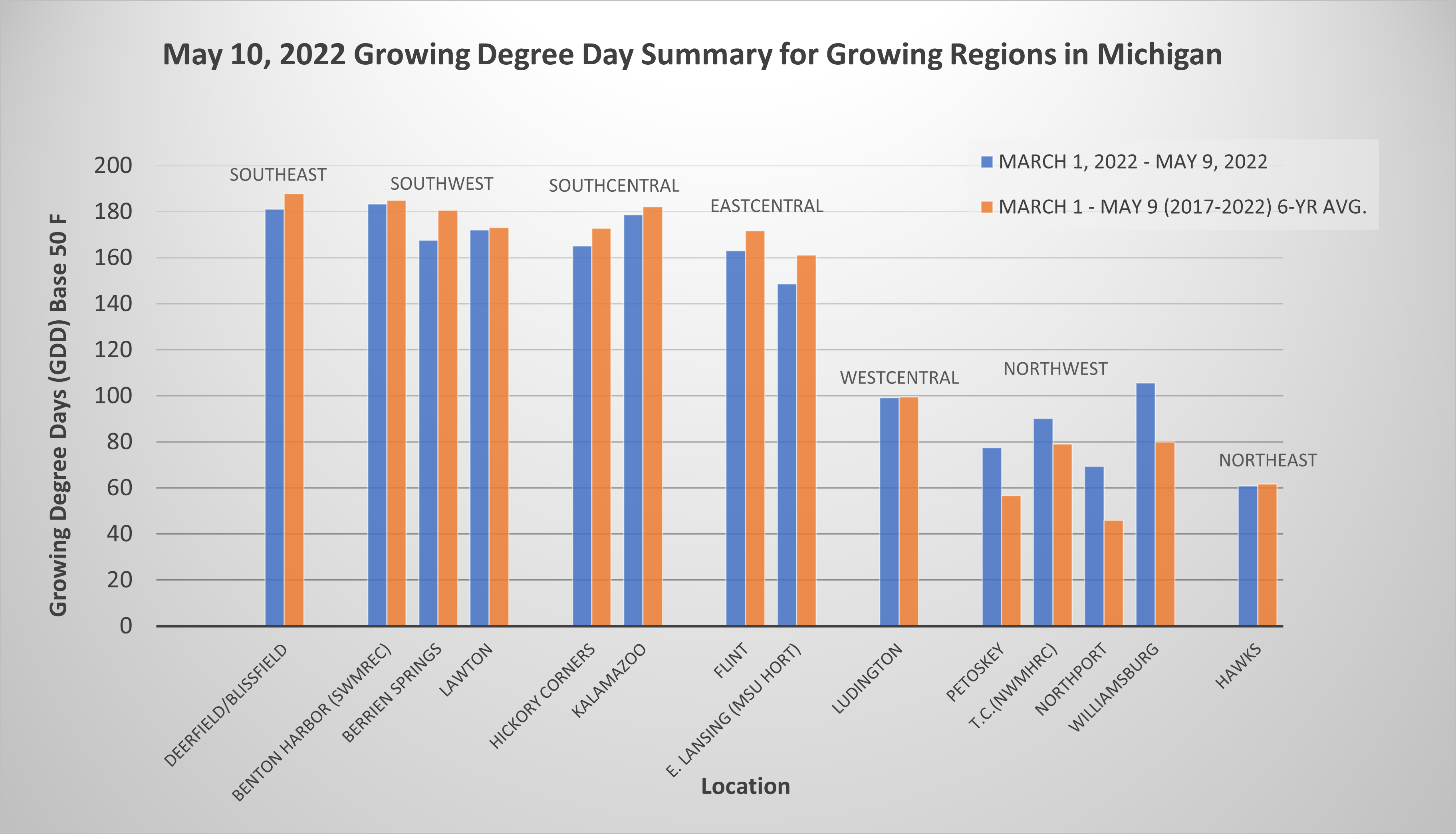
Most of southern Michigan received rainfall last week, upwards of 2 inches in some locations. This contrasts with the northern Lower Peninsula that has had dry air, high wind and red flag fire warnings all week.

Temperatures and humidity will be high to round out the work week. It may hit 90 degrees with lows only in the 60s in some locations. The next chance for rain will be Saturday/Sunday with scattered showers in some locations. After the front moves through, temperatures will cool back to normal or even slightly below normal as we head into next week. As you can tell from the NOAA 6-10 day outlook graphics below, be aware that the temperature and precipitation predictions can change day to day.
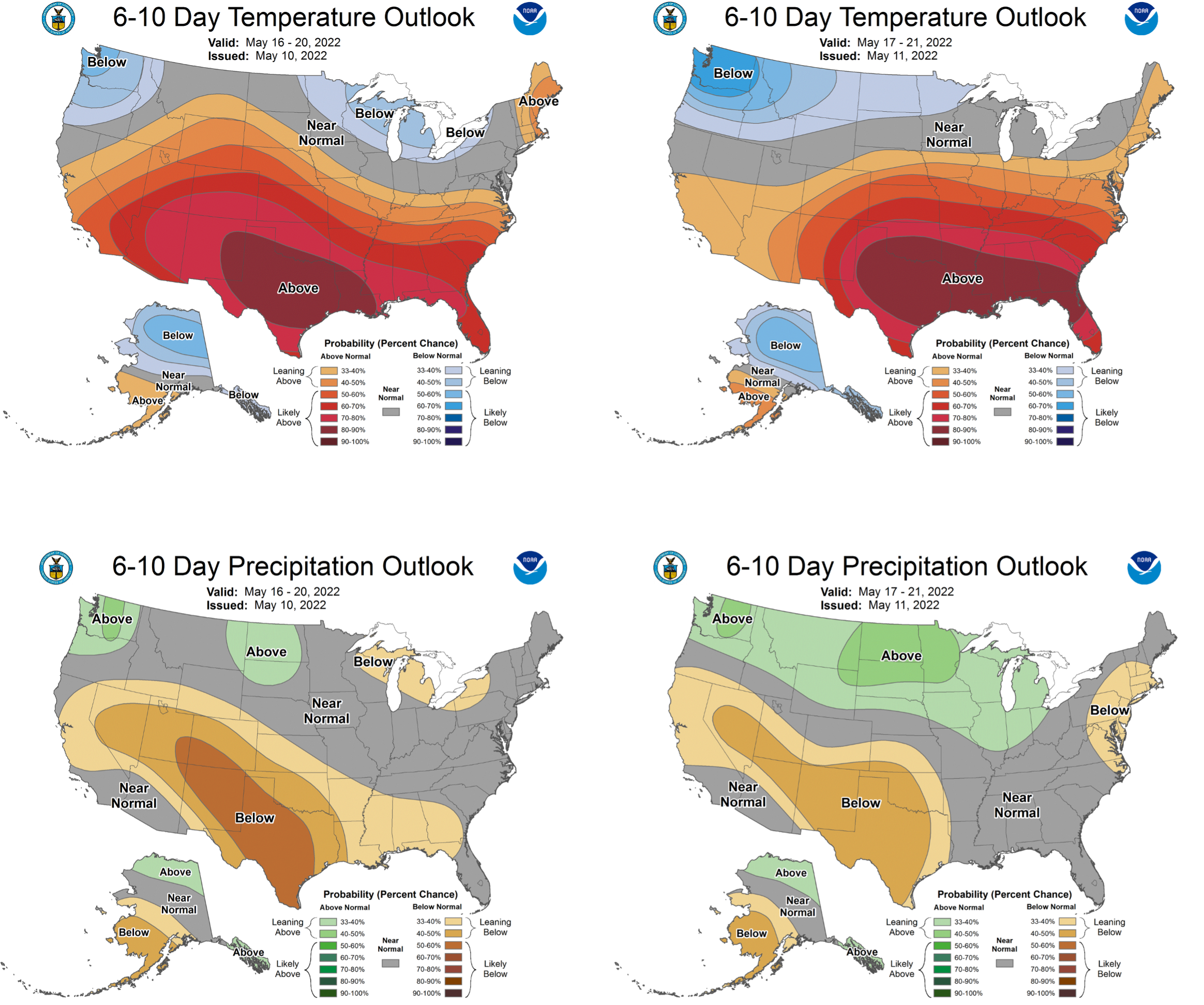
View the most recent MSU agriculture weather forecast.
Management activities
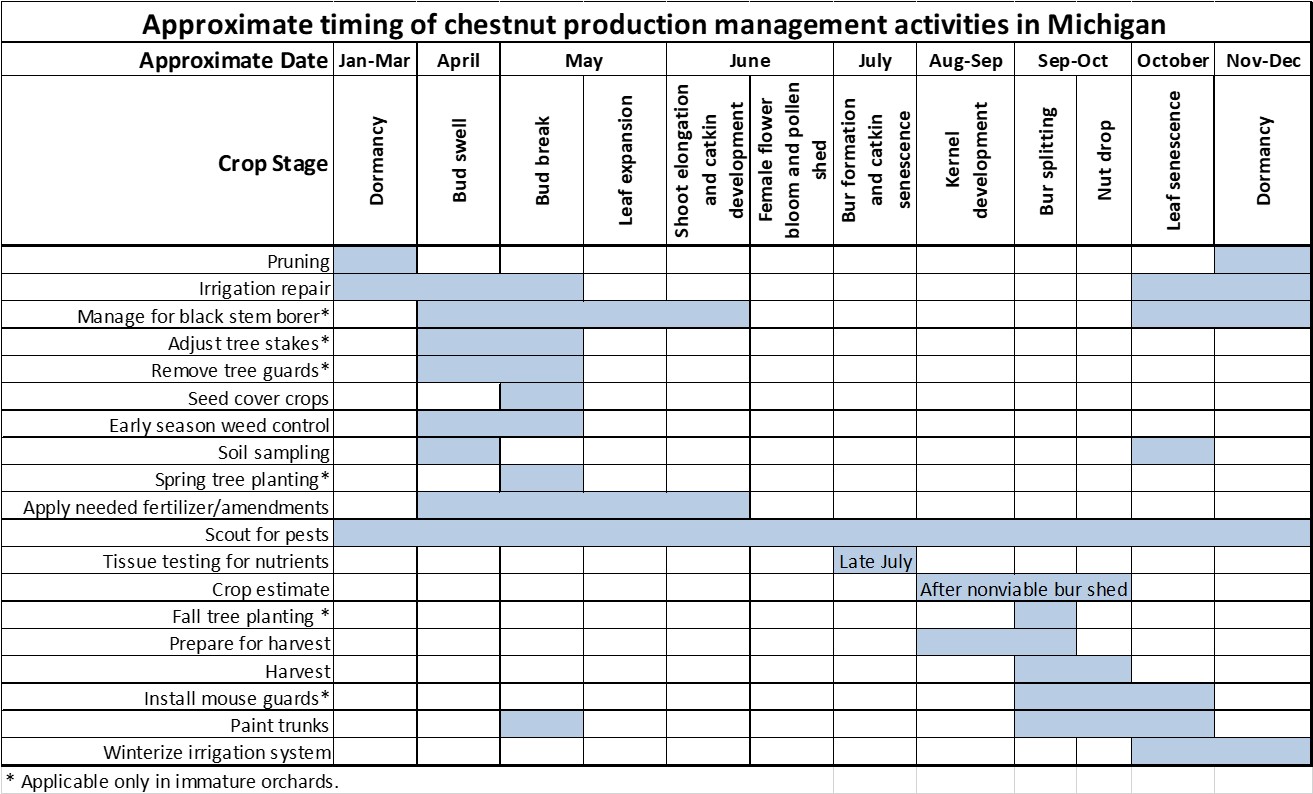
Observed chestnut cultivars are at bud swell or budbreak, with leaf expansion just beginning in warmer locations in southern Michigan. Growers should be soil testing, getting the irrigation up and running, planning spring fertilizer applications as needed, removing mouse guards and scouting for pests. This is also a great time of the year to paint trunks to reduce southwest disease.
Fertility
Most growers using granular fertilizers are planning to apply them soon. As a reminder, for nutrient management considerations, please reference the 2022 Michigan Chestnut Management Guide or the Nutrient Management section of the MSU Extension Chestnut website. Also, MSU recommends submitting soil samples each spring around the same time. Please refer to lab sampling and submission instructions prior to sending in samples.
Soil Testing Labs:
- MSU Soil and Plant Nutrient Lab
- Kinsey Agricultural Services
- Comprehensive Soil Health Testing Labs
- Cornell University
- Brookside Labs

Insects
Growers are reporting the first black stem borer adults in traps in Central and Northeastern Michigan. Black stem borer will infest and damage a wide variety of woody plant species, including chestnuts. Black stem borers are attracted to small trees with less than a 4-inch trunk diameter and stressed trees that produce ethanol. Female borers create tunnels in trunks to lay their eggs. These tunnels damage the tree’s ability to translocate water and nutrients.

Overwintering adults become active in late April or early May after one or two consecutive days of 68 degrees Fahrenheit or higher, often coinciding with blooming forsythia. Adult black stem borers are very small (0.08 inches long).
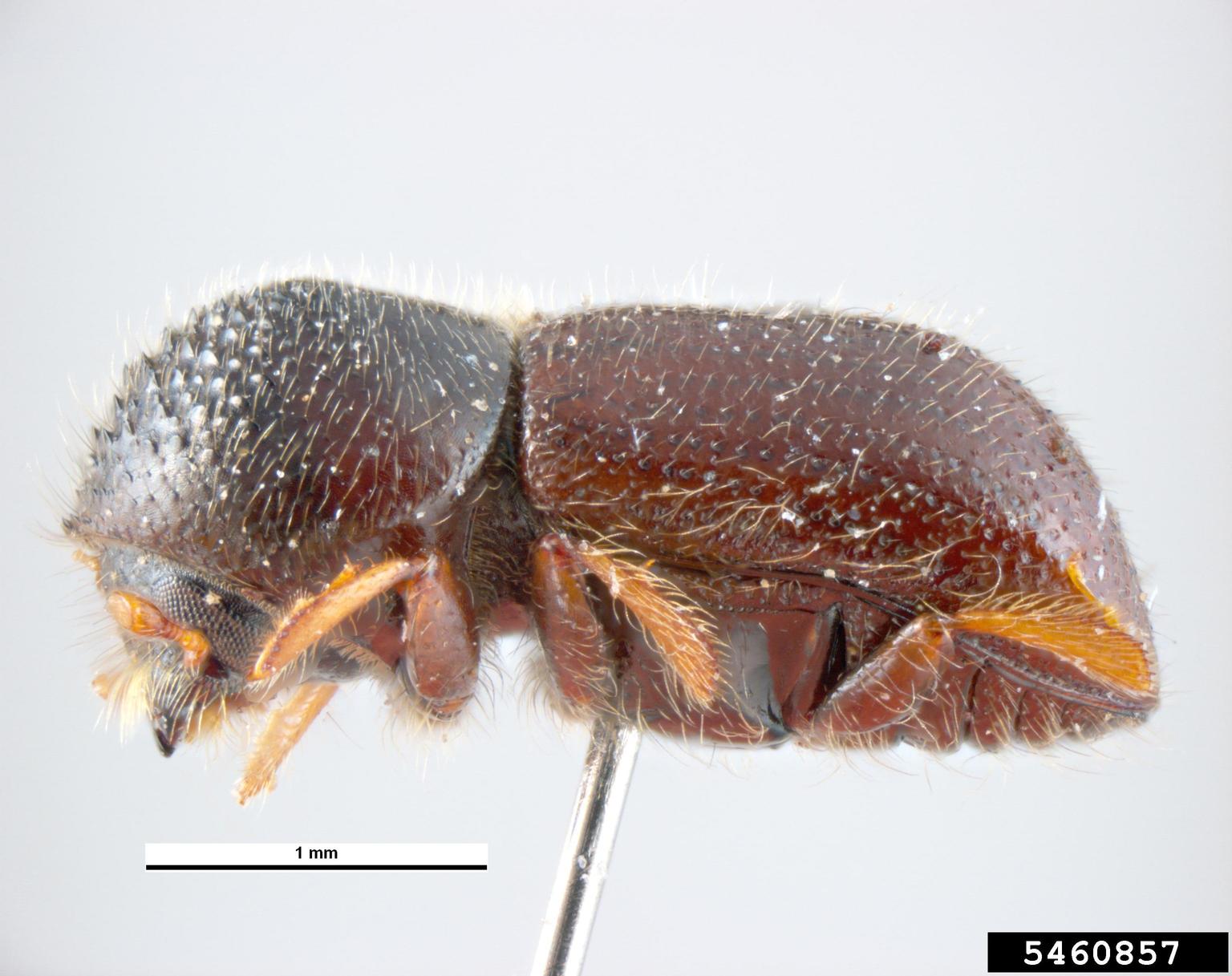
Growers are encouraged to use a simple ethanol baited trap to monitor for activity, starting in mid-April. Traps are most effectively deployed near adjacent wooded areas at a height of 1.6 feet. Hand sanitizer is an easy and accessible bait but should be refreshed every few days.
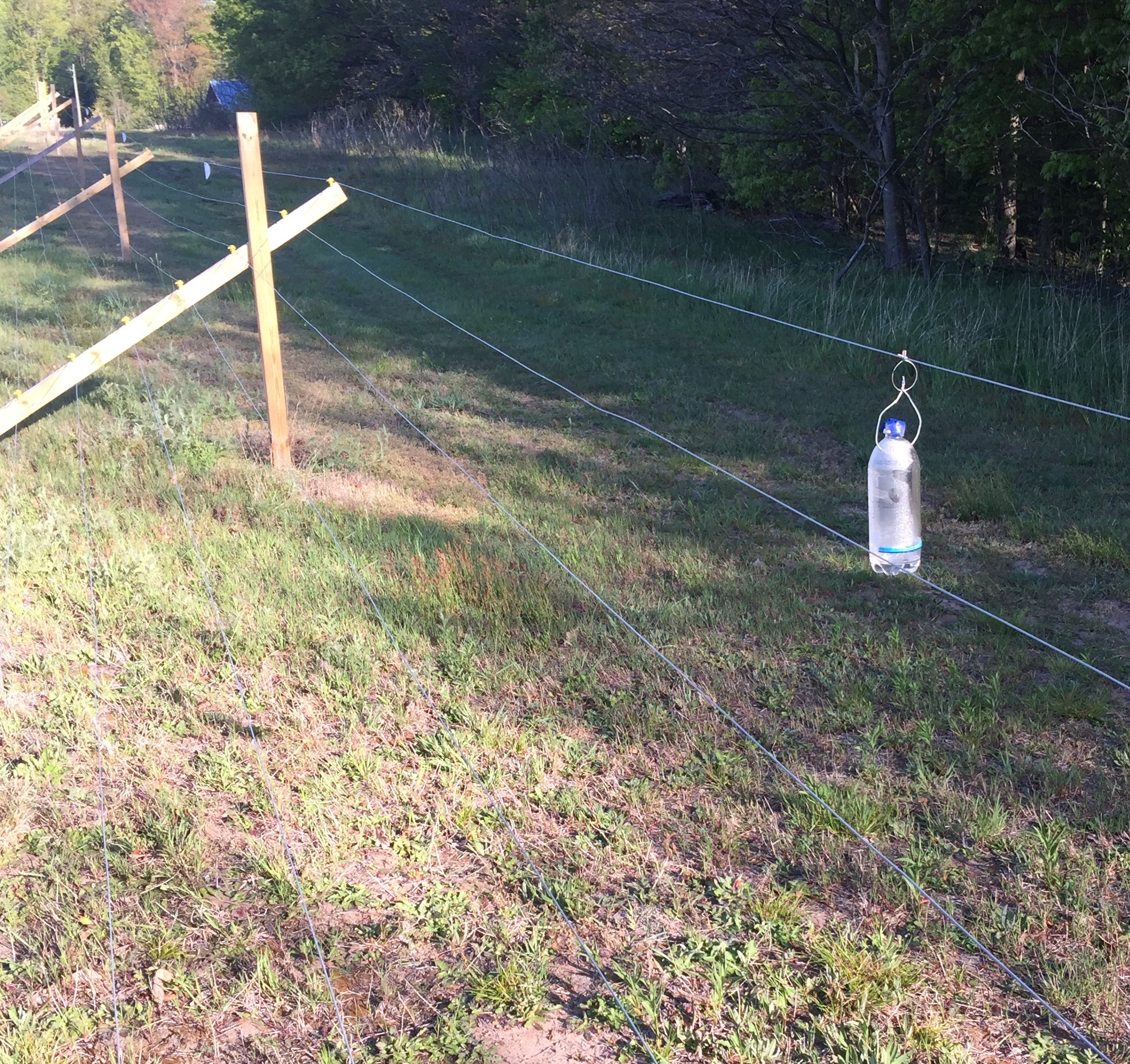
Growers with small, vulnerable trees and positive trap catches or a history of damage will need to apply a trunk spray to prevent damage. The time to spray an insecticide for this pest is when females are flying in the spring before colonizing new trees. Young trees near the perimeter of orchards, especially near woodlots, are at greatest risk of injury. Because they are so tiny, it is difficult to monitor for adults to determine the optimum time to apply an insecticide, but a trap as described above can help time applications.
Pyrethroid insecticides applied as trunk sprays have shown the most promise in reducing the number of new infestations within a season. For a list of registered pyrethroids for use in Michigan chestnuts, refer to the Michigan Chestnut Management Guide.
Later in the season, remove and burn dead or dying trees. It is also important to make sure all large prunings and brush piles are either burned or chipped and composted as they may harbor overwintering adults and contribute to future infestations. For more information on black stem borer, refer to the Michigan State University Extension bulletin, “Managing Black Stem Borer in Michigan Tree Fruits.”
Disease
Existing chestnut blight infections (caused by Cryphonectria parasitica) can be observed at this time. There are no commercially available treatments for chestnut blight. Growers may prune out infected branches or cull whole trees as needed to limit disease pressure. Infested material should be burned or buried to further limit inoculum spread. To learn more about chestnut blight, visit the pest management section of the chestnut webpage.
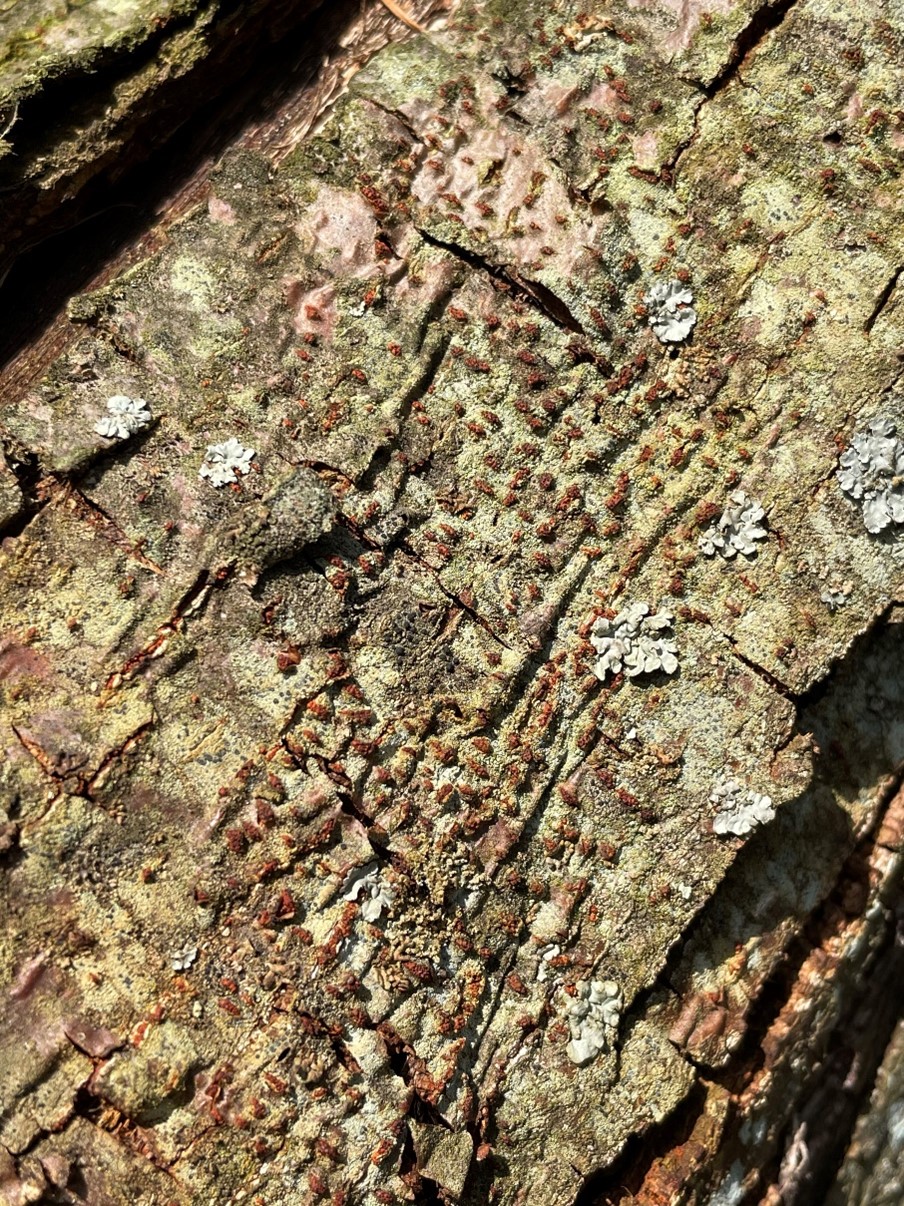
Stay connected
For more information on chestnut production, visit www.chestnuts.msu.edu and sign up to receive our newsletter.
Also, join us for the 2022 MSU Chestnut Growers Chat Series. This series of interactive Zoom meetings will allow easy communication between producers and MSU faculty. These informal weekly sessions will include crop and pest updates from Rob Sirrine and Erin Lizotte. In addition, MSU faculty will drop in to address timely issues and provide research project updates. Bring your field notes too! We want to hear what’s going on in your orchard. These Wednesday sessions begin May 11 and run every other week through Aug. 31, 2022, from 1:30-2:30 p.m. EST. Registration is free but required. Register today!
This work is supported by the Crop Protection and Pest Management Program [grant no 2021-70006-35450] from the USDA National Institute of Food and Agriculture. Any opinions, findings, conclusions, or recommendations expressed in this publication are those of the author(s) and do not necessarily reflect the view of the U.S. Department of Agriculture.



 Print
Print Email
Email